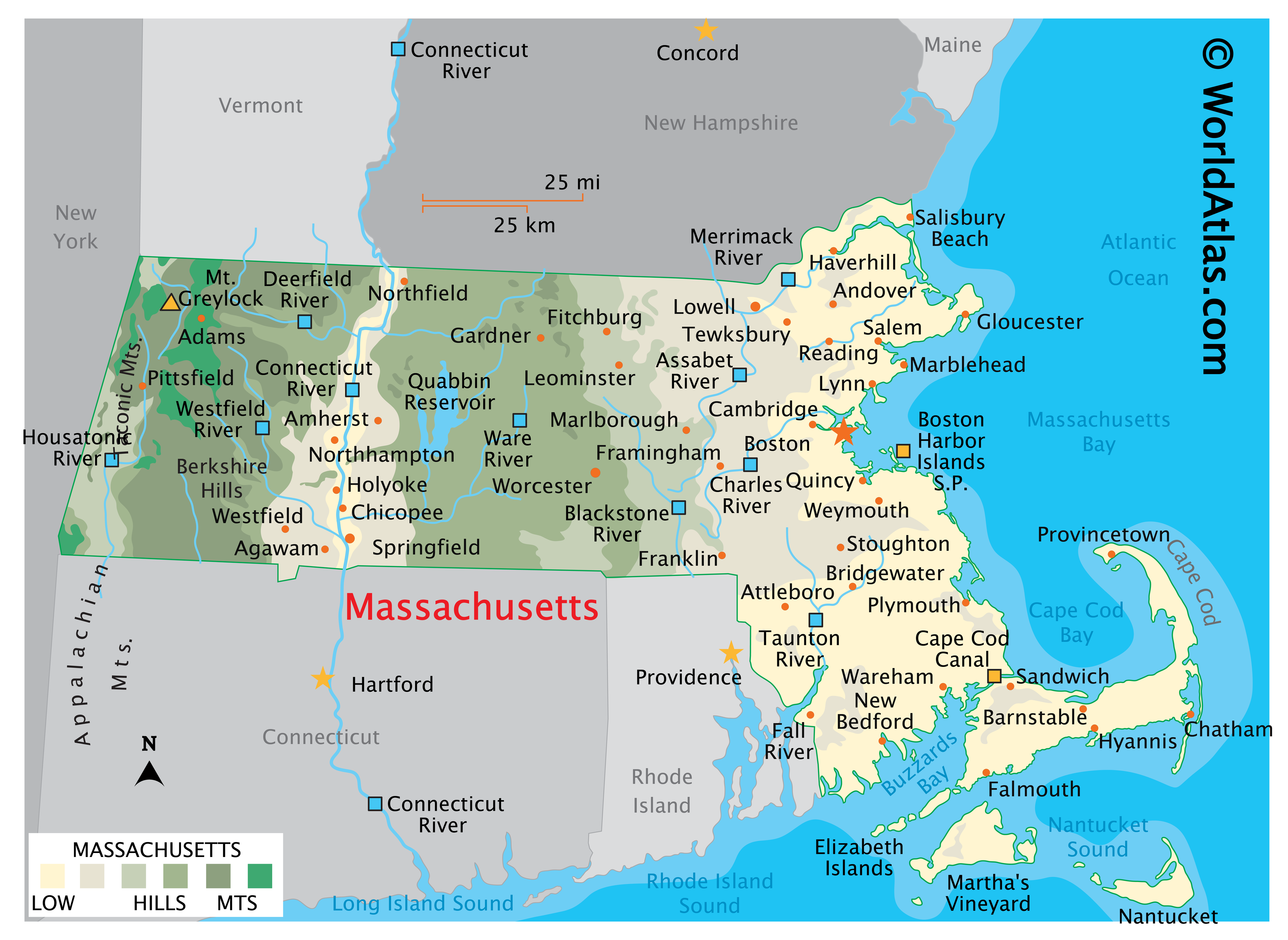Transportation of goods and people. The exchanging of ideas and beliefs are examples of this theme.
Movement
This part of the map shows us the subject.
Title
The study of the past.
History
An account by someone who did not take part or witness the event.
Secondary source
Study of the Earth's physical and cultural features.
Geography
Created by naturally or by humans, this is a location with a story.
Place
Geographic feature runs through Haverhill and empties into the Atlantic Ocean at Salisbury Beach.
Merrimack River
DAILY DOUBLE
Pattern of weather conditions over a long period of time.
Used by historians to show the order of events as they occurred.
Timeline
Studies the past based on what was left behind.
Archaeology
Theme involving humans and the environment impacting one another.
Human-Environment Interaction
Part of a map that tells us what symbols and colors represent.
Object created and used by humans.
Artifact
An account by someone who took part or witnessed an event.
Primary source
Economics
This is an example of absolute location. Showing specific coordinates of a place.
Latitude and Longitude
DAILY DOUBLE
These two directions are used when measuring Latitude.
Materials found in earth that people need or value.
Resources
This part of a map helps measure the distance between two locations.
Scale Bar
Studies gov't and how societies distribute power and authority.
Political science.
Grouping areas of land based on shared human or physical characteristics.
Region
From 1990-2000, the population of North Dakota changed by this much.
Less than 5%
Physical features of the Earth's surface.
Landforms
The picture below represents this type of geography.
Human Geography
This field of social studies looks at how humans communicate and solve problems.
Sociology